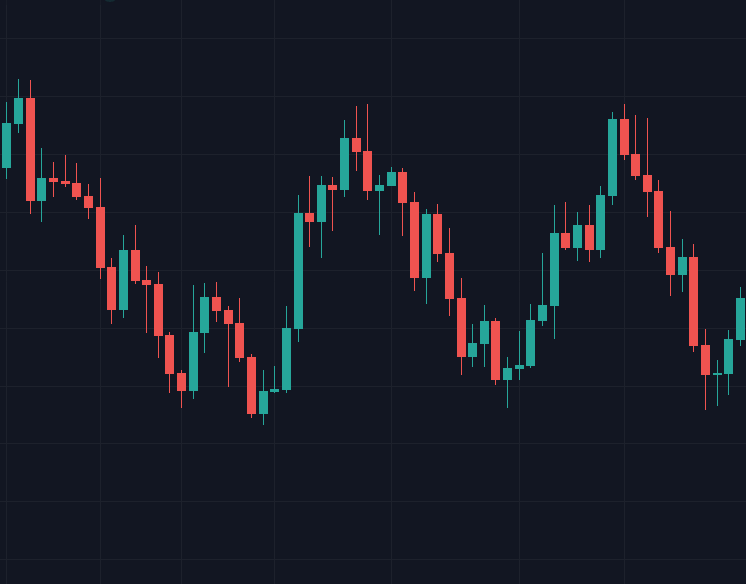Keys To Successful Support And Resistance Trading

Support and Resistance is a widely known concept in the trading universe. On the face of it, it looks like a pretty simple theory to grasp, but it's not always the case.
Let's dive into how Navin and the Urban Forex team interpret Support and Resistance and how they use it.
Here's What We Will Be Going Over
1. What is Support & Resistance?
2. Identifying Proper Support & Resistance
3. Using Market State with Support & Resistance
4. Momentum is Key When Using Support & Resistance
1. What is Support and Resistance?
'It's such a basic topic but yet so misunderstood, sometimes even looked down upon.
It's so simple, yet powerful, but half the world doesn't know what to really do with it.'
- Navin Prithyani
Well for anyone who's new to trading, they are basically lines (or areas) we use as a reference on the charts when we are trading. Again, they are not necessarily areas to open a trade, but they are used as reference points.
So a support is referred to the line drawn below the market price:

Whereas resistance is drawn above the market price:

2. Identifying Proper Support and Resistance
Here's one key thing to note about Support and Resistance, they are generally a 'wall' or how we like to call it, an area of 'memory'.
It's said to be a wall because it's supposed to hold price and said to be a memory area, because the reaction from those areas is big enough to make traders be aware of how strong that area is.
Watch price hit this support below, and react strong away from it.

MEMORY has been created at this support.
This is VERY IMPORTANT when it comes to Support and Resistance.
So what else makes a good Support and Resistance area?
To help answer this, let's ask this question using the example below.
Which possible resistance area will work? Line A or line B?
The answer:
LINE A
Have a look below:

The key here is simple..
Resistance line A comes from a big range/consolidation area. Basically where price held in one area for a longer time.
Everyone, on multiple time frames can see this area (higher and lower), and may use it. That makes this a very important area.
However, resistance line B comes from a smaller range/consolidation area. This area will not be visible to as many people (particularly on the higher time frame).
So there is a higher chance this area is not as important and may not be used.
Check this out below:

So in the grand scheme of things, the bigger the Support and Resistance area, the better the chance price will react from it in the future.
The reason being, more people are aware of these larger Support and Resistance areas because they are visible on multiple time frames.
3. Using Market States With Support and Resistance
Before we get into how Support and Resistance works with the different market states, let's first have a look at the three main states of the markets.
A Trend
A Channel
A Range
Here's the interesting part, the approach of using Support and Resistance differs for different states.
In a Trend, we generally only expect a pullback to the nearest Support and Resistance area before the trend continues.

In a Range, we look at the highs and lows and use those areas as Support and Resistance area to anticipate a reaction.

In a Channel however, Support and Resistance does not necessarily hold. Because there is a lack of power from the big boys, it will generally pull back quite deep, and doesn't respect the Support and Resistance (that's from new highs/lows) as opposed to a trending market.

4. Momentum is Key When Using Support and Resistance
Now, as for the application part of trading at Support and Resistance, looking at how prices approach those areas is absolute key.
Ever heard of the saying, 'Never Catch a Falling Knife'?
Well, that's exactly what we're talking about, and here's an example of that:
The best and safest way to trade at a Support and Resistance area is to make sure the momentum coming into it is slowing down. That's when we know price is running out of steam and we could try and anticipate a move from those Support and Resistance areas:
5. So, What Have You Learned About Support and Resistance?
A. Can you draw a line anywhere you want on your chart?
Yes, but that doesn't mean each one will work equally well :)
It's best to focus on the important Support and Resistance areas using the points in this article.
B. What makes Support and Resistance areas important?
A Support and Resistance is only important when there's a shock/memory behind it and it is visible to the higher time frames.
C. Are market states important?
Yes, because they also help determine which Support and Resistance will work and which will not work.
D. Lastly, does time frame affect the reaction from a Support and Resistance area?
Yes, once more. Expect a stronger reaction from a Support and Resistance area that is visible on the higher time frame, as opposed to an area only visible on the time frame you are looking at initially.
As a summary...
If used correctly, Support and Resistance can be a very powerful tool for both, trade initiation, and profit taking.
However, you must read/know the story leading up to the Support and Resistance area instead of just taking a trade, blindly, because there's a line on the chart. You always need context.


